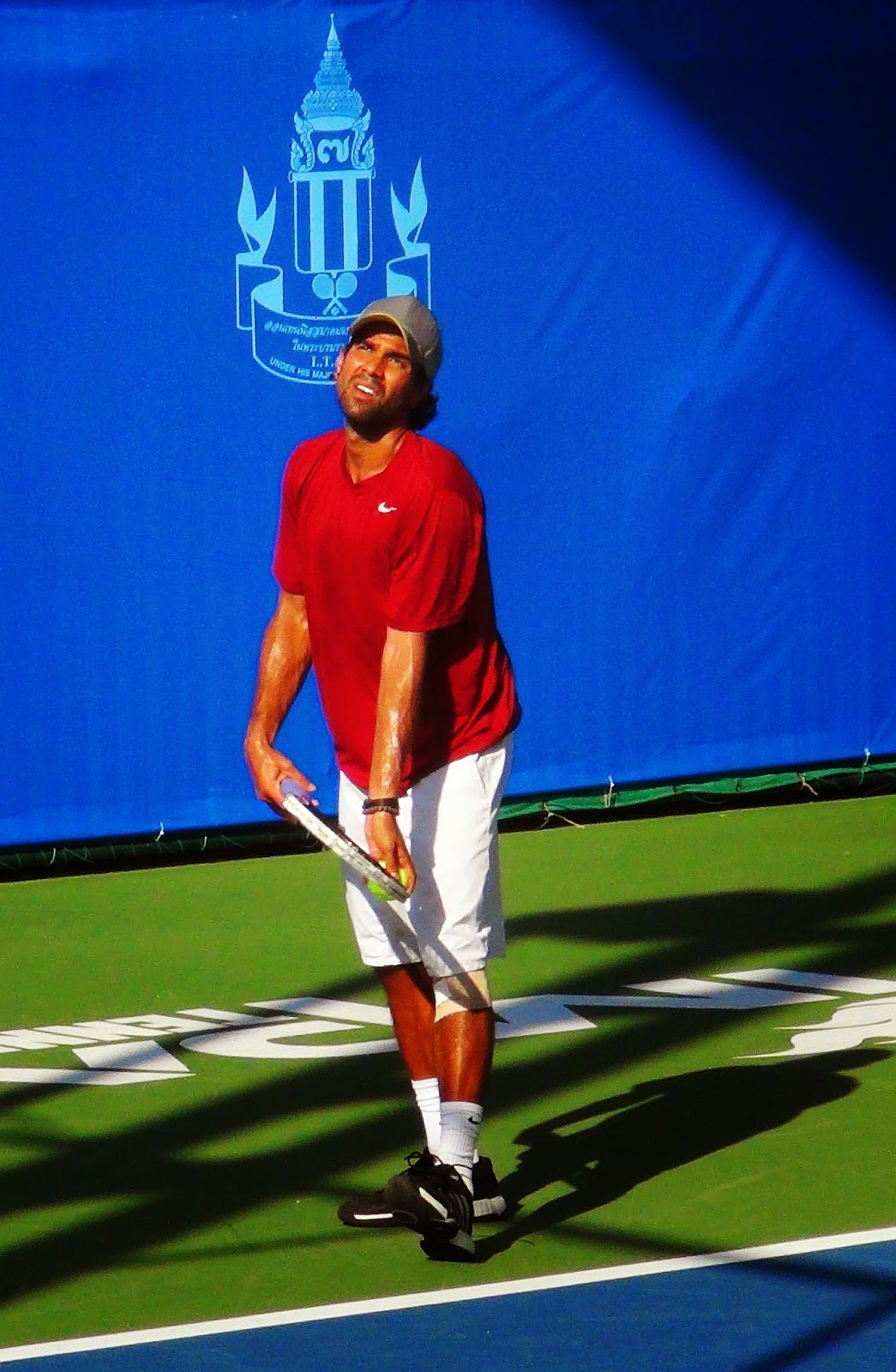BE CAREFUL WHAT YOU SAY!

A coach can only do so much with a player who is experiencing destructive mental issues related to tennis competition. Players who find competition mentally too much to handle and suffer from choking, low levels of self-confidence or an inability to close out important matches are generally the victims of their environment. They reflect the environment they live in daily when they compete in matches. Prolonged and repeated negative mental issues in matches when competing as a junior player also continue to be a problem for the player much later in life, even though the environment that caused the mental issues in the first place might have changed for the better. Considering a majority of competitive junior players suffer from an almost crippling mental war inside their heads, it would be fair to say that this is why a majority of players never fully reach their true potential. It, therefore, becomes clear that the environment we grow up in when we start our tennis...
.png)





